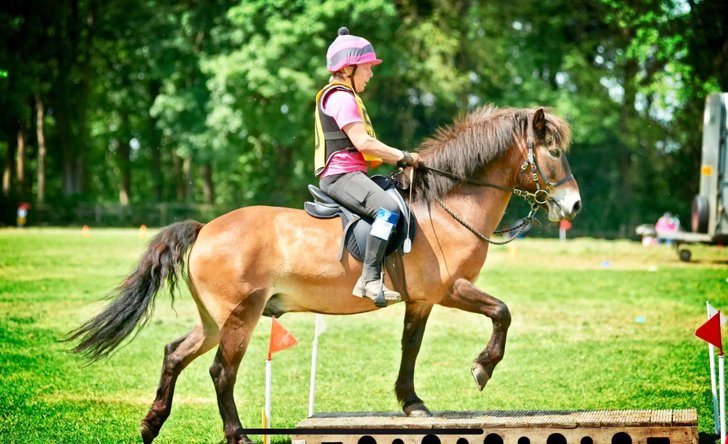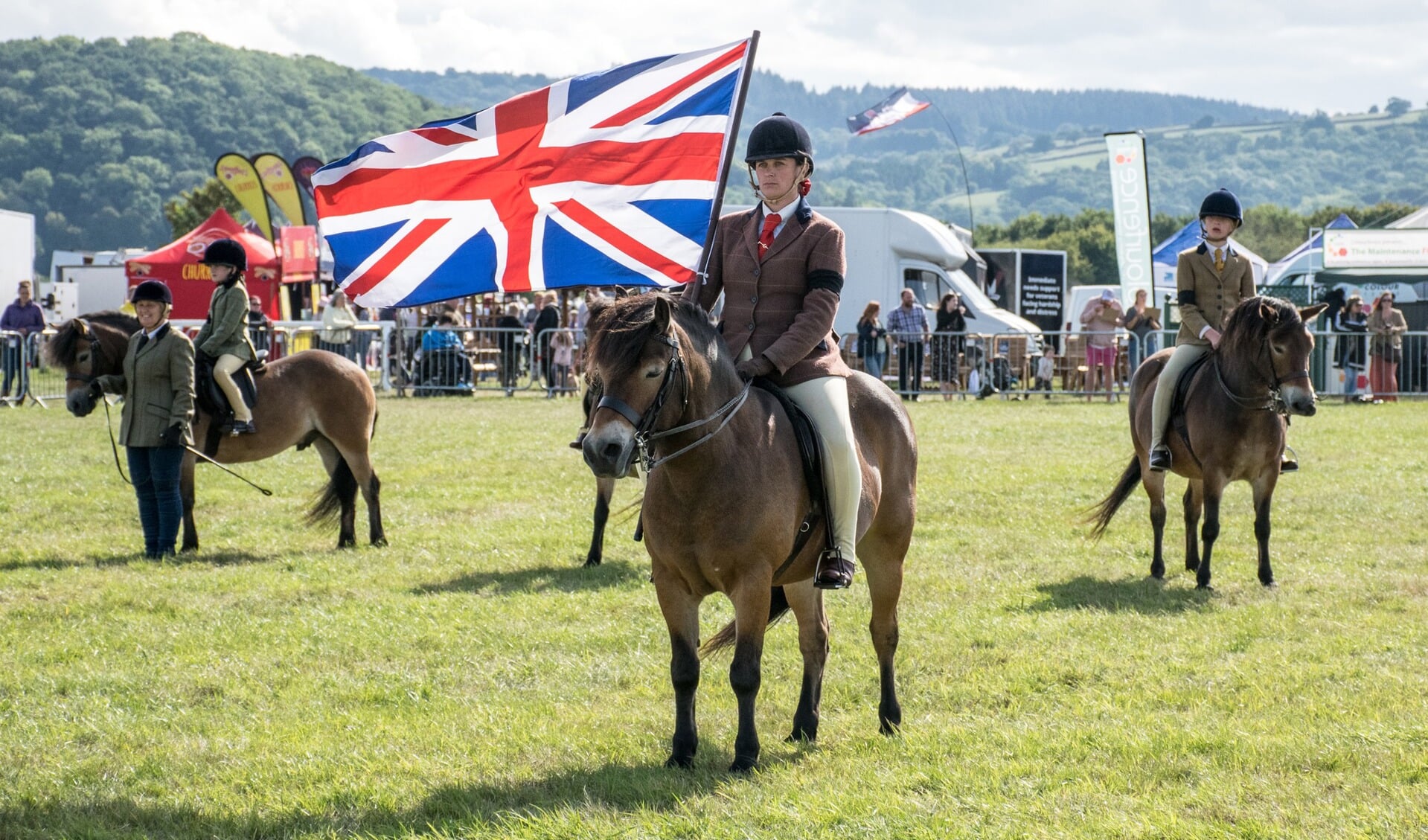Breeding Showy
The Exmoor pony is one of Britain’s oldest and most unique horse breeds, with a history dating back to prehistoric times. As a robust and versatile pony, the Exmoor has played a crucial role in British culture and agriculture. In this article we look at the origins of the Exmoor pony, its current use and the urgent need to preserve this rare breed.
Historical background
The Exmoor pony is one of the few original British horse breeds that have survived in the wild. Archaeological findings suggest that ponies like the Exmoor pony have existed in the British Isles since prehistoric times. The Exmoor pony is believed to be descended from these ancient horses that adapted to the harsh climate of the Exmoor Hills in southwest England.
Exmoor ponies are characterized by their robust build, thick winter coat and striking ‘toad eyes’, the fleshy parts above and below the eye that drain rainwater and protect them from harsh weather conditions. Historically, these ponies fulfilled a variety of roles: from herd animals to herdsmen, and as a means of transporting people and goods.
Current use
Today, the Exmoor pony is valued for its versatility and good nature. They are used in recreation, sports and nature care. Due to their endurance and intelligence, Exmoor ponies are perfect for both children and adults. They perform well in sports such as dressage, jumping and riding, but are also used for camping and therapeutic riding.
The winning Exmoor pony entered the show ring. -Getty Images/iStockphoto
In addition, Exmoor ponies play an important role in nature management. Their grazing behavior helps to maintain heaths and grasslands and contribute to the biodiversity of these areas. In Holland, Belgium and Germany, Exmoor ponies are increasingly used in nature projects to manage the landscape in a natural way.
Keeping the Exmoor Pony
Despite its versatility and endurance, the Exmoor pony has become a rare breed. There are approximately 4,000 Exmoor ponies worldwide registered with the Exmoor Society in England, with approximately 140 foals born and registered each year. These small numbers make the preservation of the breed crucial.
In the Netherlands and Belgium, the Exmoorpony Partnership is responsible for the registration and protection of the breed, while in Germany Exmoor-Pony Deutschland eV takes on this task. These organizations work with breeders and hobbyists to ensure the genetic diversity and health of the population.
Threats and trials
A worrying development is the use of Exmoor ponies in trials, as is currently happening in Holland. These experiments, where ponies are exposed to predators such as wolves, put the welfare and safety of the animals at risk. It is important that the Exmoor pony is not used for such experiments, but is protected as a valuable cultural and genetic heritage.
The future of the Exmoor Pony
Conservation of the Exmoor pony is not only important from a historical and cultural perspective, but also for the future of sustainable agriculture and conservation. Due to their unique characteristics and adaptability, Exmoor ponies can play an important role in modern ecological projects and recreational use.
Initiatives such as breeding programmes, education and breed promotion can increase awareness and appreciation of the Exmoor pony. With the cooperation of breeders, conservationists and enthusiasts, a stable and healthy population can be built.

Conclusion
The Exmoor pony is a unique and valuable breed that deserves protection and attention. Due to its rich history and versatility, the Exmoor pony has an important place in both the British and international horse world. It is our job to ensure that this breed is preserved for future generations. This requires concerted efforts to ensure genetic diversity, implement correct breeding methods and protect the natural habitat of the Exmoor pony. Only then can we ensure that these iconic ponies continue to thrive in our ever-changing world.
Source: De Hoefslag
Text: Adriana van Tilburg

